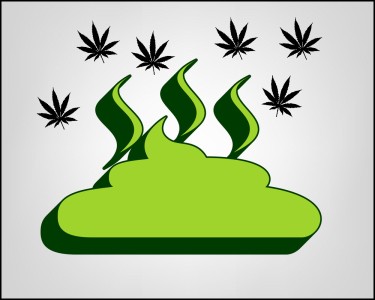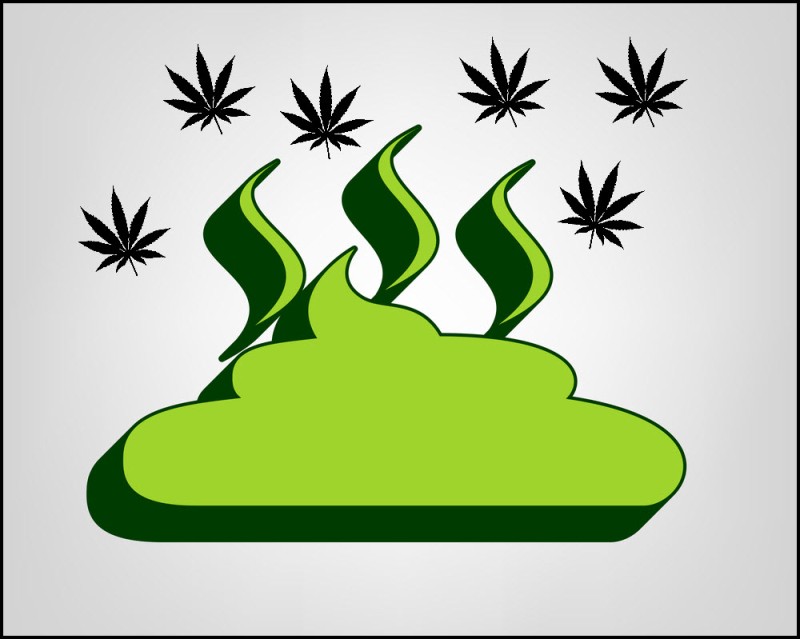Organic Green Manure and Cover Crops - The Cannabis Farmer's Tricks of the Trade

Just like every other plant, growing cannabis requires a lot of work and dedication. Different cannabis growers utilize different means in order to achieve the common goal of harvesting healthy cannabis. Most growers plant their cannabis in amended soils which are usually airy and light. For some, straws serve as the tool for keeping in moisture. For others, cover crops are essential to the cannabis growing exercise. Speaking about cover crops, a lot of farmers make us of this plants in the farming process. So what are cover crops? How do they qualify as the organic gardener’s green manure? What benefits do they offer cannabis growers? This article will discuss everything that you need to understand about cover crops and their usage as green manure.
Cover Crops and Green Manure
While they are used interchangeably, cover crops and green manure are different concepts. Both cover crops and green manure are utilized by farmers to improve the soil aiding fertility and the structure. Their difference however lie in the form that they take. Below is a clear definition of both concepts.
Cover Crops
Cover crops refers to plants that are grown to improve the structure of the soil, as well as increase its fertility, while providing insulation for the crops. As the name suggests, cover crops act as a canopy for plants protecting them from harsh weather. Cover crops helps the plants to grow better while protecting them from the elements. The insulation provided by cover crops keeps the soil warm in winter, and cool in summer.
Green Manure
Green manure are plants that serve as manure, providing nutrients for the soil. Green manure is formed when fresh cover crops are put into the soil. The green manure then increases the level of organic matter and nutrients present in the soil, helping plants to grow better.
Cover Crops as The Organic Gardener’s Green Manure
Cover crops are often referred to as “green manure crops”. This is because they are usually grown for the main purpose of being used as green manure. Cover crops are very important items in organic farming, as they replace the use of chemicals such as fertilizers and pesticides. There are certain benefits that come with using cover crops as green manure for growing. Some of these benefits are discussed below:
Benefits of Cover Crops for Cannabis Plants
-
Prevention of Erosion: Cover crops are important for the prevention of erosion and leaching. Cover crops helps to prevent erosion in the soil, by providing adequate cover. The body of the cover crops shields the soil from the burning sun and heavy rain. The roots of the cover crops also hold on to soil particles, keeping them in place and preventing erosion. Cover crops reduces the leaching of nutrients by drawing and locking them in their bodies. Once they are incorporated into the soil, they release these nutrients as they slowly decompose. In this way, they provide nutrients for your cannabis plants.
-
Provision of Nutrients: As we mentioned earlier, cover crops provide important organic matter and nutrients for the soil. Different types of cover crops provide a range of nutrients for the soil, depending on what the farmer requires. Legumes that act as cover crops add nitrogen to the soil. Lupin and buckwheat on the other hand, releases phosphorous into the soil. Other nutrients such as iron, calcium and potassium can also be gotten from cover crops.
-
Weed Control: Cover crops are very effective as a weed control method, and are better alternatives to herbicides. Cover crops carry out weed control functions, by altering the growth patterns of weed, thereby disrupting their cycle. Another way in which they stop the growth of weed, is by competing with them. They are usually very plants allowing them to be able to out-compete the weeds for space, nutrients and water. Some cover crops also possess chemicals that cause the allelopathic effect. The allelopathic effect entails the release of harmful chemical from the roots of the cover crops. These chemicals stunt the growth of the weed, and blocks the germination of their seeds, eventually resulting in their termination.
-
Improvement of Soil Structure: One benefits of cover crops that most people do not recognize, is their ability to improve soil structure. Cover crops improve soil structure through the addition of organic matter into the soil. These organic matter then create soil aggregates by binding the soil particles together. The process which results in larger soil particles, aids the formation of pores. With the formation of pores, processes such as water retention, nutrient distribution and proper soil aeration are carried out properly. Cover crops also loosens soil clumps that inhibit the growth of soft crops. Cannabis plants grown on such soil, will have access to all the nutrients in the soil while having a strong root system.
How to Use Cover Crops for Cannabis Growing
If you intend to enjoy the benefits of cover crops for your cannabis plants, it is important to do it properly. Common cover crops that you can grow include mustard, cereals, buckwheat, clovers and more. Using cover crops as green manure, is the same as using it as a fertilizer. Sow the seeds of the cover crops tending to them until they bloom. For regular plants, wait till they begin to flower before using them. For grains, tend them until they begin to develop seed heads. When using cover crops as green manure, it is crucial that you kill them before maturation. This way, they still contain all their nutrients ensuring their efficiency as manure to your cannabis plants. Once they are close to maturation, mow over the crops and leave the clippings for a few days to dry. You can also cut them using a trimmer. Once the clippings are dry, dig the soil and put them into the soil. You can also simply till the clippings into the soil.
Conclusion
Cover crops could be the missing piece in the quest to get your cannabis growing right. Follow the steps explained above, and you can be sure to enjoy a healthy harvest.
POOP ON WEED PLANTS, READ MORE...
WHAT IS THE BEST POOP TO PUT ON YOUR WEED PLANTS?







